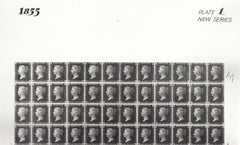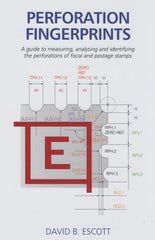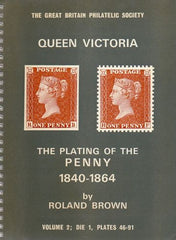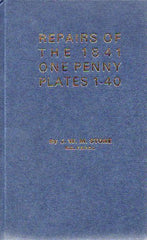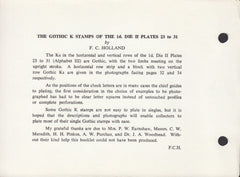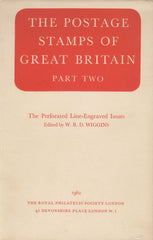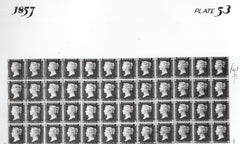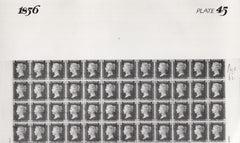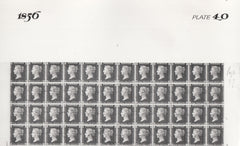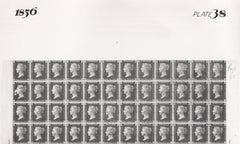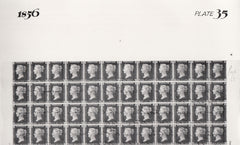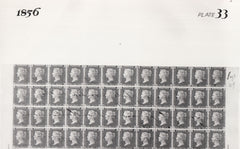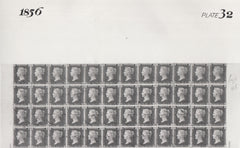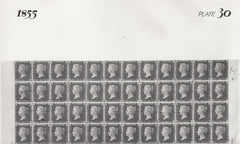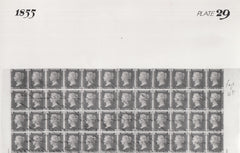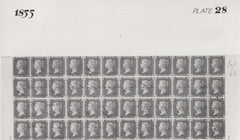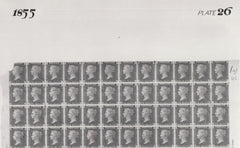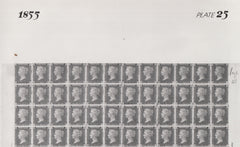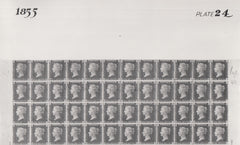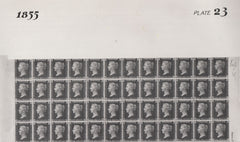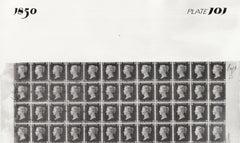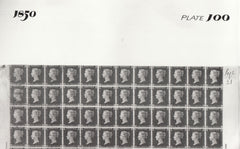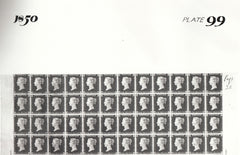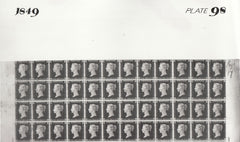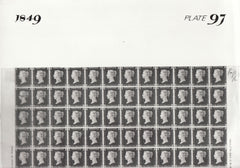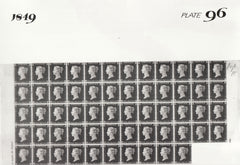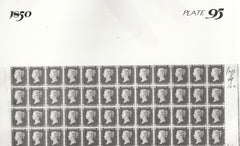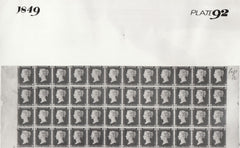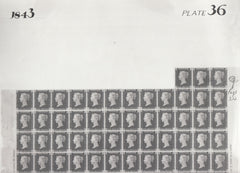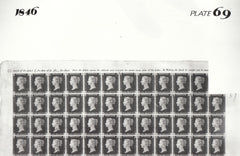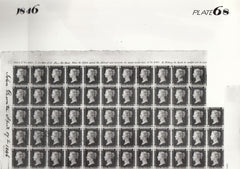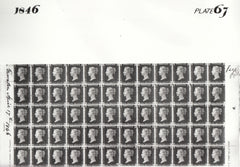GB -Line Engraved - 1d reds all issues (incl. plating)
-
Filter by plate
-
Sort by
The plating of a stamp is to allocate it to the original plate from which it was printed. The plates were laid down from several rollers from a master die and these rollers developed various flaws which appear on the printed stamp and help to indicate the plate or group of plates (ie the 'O' flaw on Die 1 plates 7-10 or the NE flaw which occurs only on Die 1 plate 131). In addition to these roller flaws one can find some superb plate varieties which occur only on one lettering on one plate such as re-entries or double letters. Unfortunately all too few stamps have these individual flaws but great help is at hand for the plater because after a plate was laid down check letters were inserted by hand into the lower two squares (as an aid against forgery). As this was a human act the position of the letters can vary gratefully from plate to plate and this difference in the letter position is the key plating guide. The Stanley Gibbons Specialised Vol 1 Catalogue is the start point of reference and from there we can recommend the following publications:
For excellent background information and plate flaws - The two publications by The Royal Philatelic Society 'The Postage Stamps of Great Britain Part 1' by Seymour & Gardiner Hill ( you will need the 3rd and last edition of 1967 - sounds out of date but it certainly is not !!) & their 'Postage Stamps of Great Britain Part 2' by Wiggins ( again you will need the 2nd and last edition of 1962 - again not out of date and a key reference). The earlier editions are much cheaper but of little use.
After each plate was made a 'registration sheet' was taken and kept as an official record of the plate. Fortunately these so called 'imprimatur' sheets are still largely intact and photographs can be found (less circa 22 examples cut from the original sheets). These photographs are the primary plating tool but are difficult to obtain and can be expensive but they are superb. From time to time we handle such gems and enquiries are welcome. A much more readily available alternative are the Brown/Fisher plating books which measure the relative positions of the letters in the lower squares and also have the most comprehensive list of plate flaws to be found.

